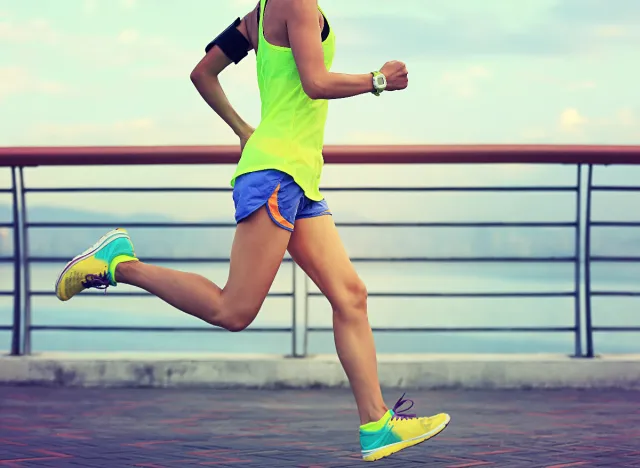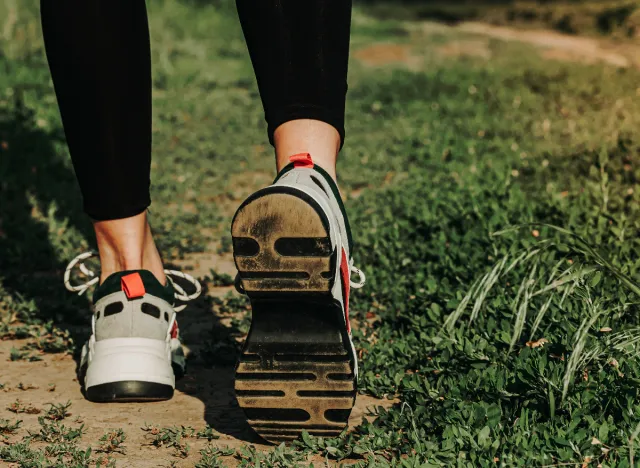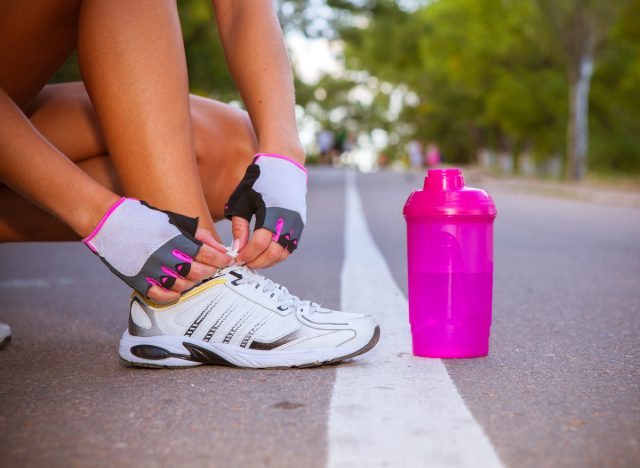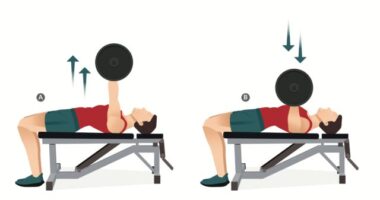If you’ve ever wondered whether you really need separate shoes for walking and running, you’re not alone. It’s a common question among fitness enthusiasts and casual exercisers alike. As someone who’s coached athletes and clients through all types of training routines, I can tell you firsthand that your footwear matters more than you might think. The right shoes can enhance your performance and reduce your risk of injury, but knowing whether to invest in a pair of walking shoes and running shoes can be tricky.
At first glance, walking and running shoes might look similar, but their construction serves different purposes. Walking is a low-impact activity, while running is high-impact and places more strain on your joints. Your shoes need to support these differences. Wearing the wrong type of shoe for your workout can lead to discomfort, poor performance, and even injury over time.
Do you really need two separate pairs of shoes for walking and running? Let’s break down the key differences between the two, what features to look for in each, and how to decide whether a second pair of shoes is worth it.
Understanding the Differences Between Walking vs. Running

Before diving into shoes, it’s important to understand the mechanics of walking and running. When you walk, one foot is always in contact with the ground, and the impact on your joints is relatively low. Your body moves in a smoother, rolling motion from heel to toe. In contrast, running involves both feet leaving the ground simultaneously, which increases impact on your feet, ankles, knees, and hips. The difference in motion and impact means that your shoes must accommodate these activities differently.
Walking shoes are designed to support a more straightforward, rolling gait while running shoes are built to cushion the higher impact of running and support faster, more dynamic movements.
Key Features of Walking Shoes

When shopping for walking shoes, comfort and support are your top priorities. Since walking involves a more consistent, rolling motion, you’ll want flexible yet sturdy shoes to support your feet for extended periods.
Look for these features in a good walking shoe:
- Cushioning: Walking shoes generally don’t need as much cushioning as running shoes, but you’ll still want enough padding for comfort.
- Flexibility: Look for shoes that flex easily at the forefoot to support a smooth heel-to-toe transition as you walk.
- Arch Support: Proper arch support is essential for stability and reducing the risk of foot fatigue or pain.
- Flat Heel: A lower, flatter heel helps maintain a more natural gait for walking.
A good pair of walking shoes should feel comfortable right away without needing much break-in time. They should also provide enough stability to secure your foot on longer walks.
Key Features of Running Shoes

Running shoes need to handle more stress than walking shoes. Since running involves repeated high-impact strikes, cushioning, support, and shock absorption are key to keeping you comfortable and injury-free.
Here’s what to look for in running shoes:
- Cushioning: Running shoes have more cushioning than walking shoes, particularly in the heel and forefoot, to absorb the impact of each step.
- Heel-to-Toe Drop: Running shoes often have a higher heel-to-toe drop, which helps propel you forward and absorb shock.
- Stability: If you overpronate (your foot rolls inward too much) or underpronate (your foot rolls outward), look for shoes that provide the right stability to correct your gait.
- Breathability: Running generates more heat, so look for shoes with mesh uppers or breathable materials to keep your feet cool and comfortable.
A good running shoe will protect your joints, cushion the repeated impact of running, and allow your feet to move naturally at higher speeds.
Should You Have Separate Pairs of Walking and Running Shoes?

Here’s the big question: Do you need separate shoes for walking and running?
The short answer is, ideally, yes. While you can get away with using running shoes for both activities, wearing walking shoes for running isn’t a good idea. Running shoes are built to handle the higher impact and dynamic motion of running, while walking shoes lack the cushioning and support needed for those intense movements.
If you only walk occasionally but run regularly, you could stick to a pair of running shoes for both. However, if you do a lot of both activities, having separate shoes is worth the investment. Using shoes designed specifically for each activity will keep you more comfortable, reduce the risk of injury, and extend the life of both pairs of shoes.
Jarrod Nobbe, MA, CSCS









